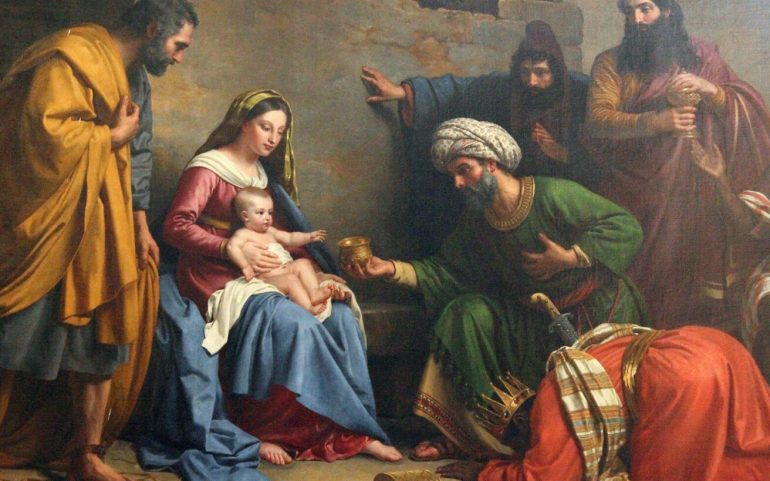It is a story intertwined with the incarnation of Jesus Christ, but also one of the favorite motifs of religious art.
The worship of magicians and the symbolic displacement of the act described in the Bible have been adequately studied and analyzed.
As so many painting teachers have shown us, the Virgin usually appears sitting with the Divine Infant in his arms, who stretches out his arms to receive the gifts of the magicians.
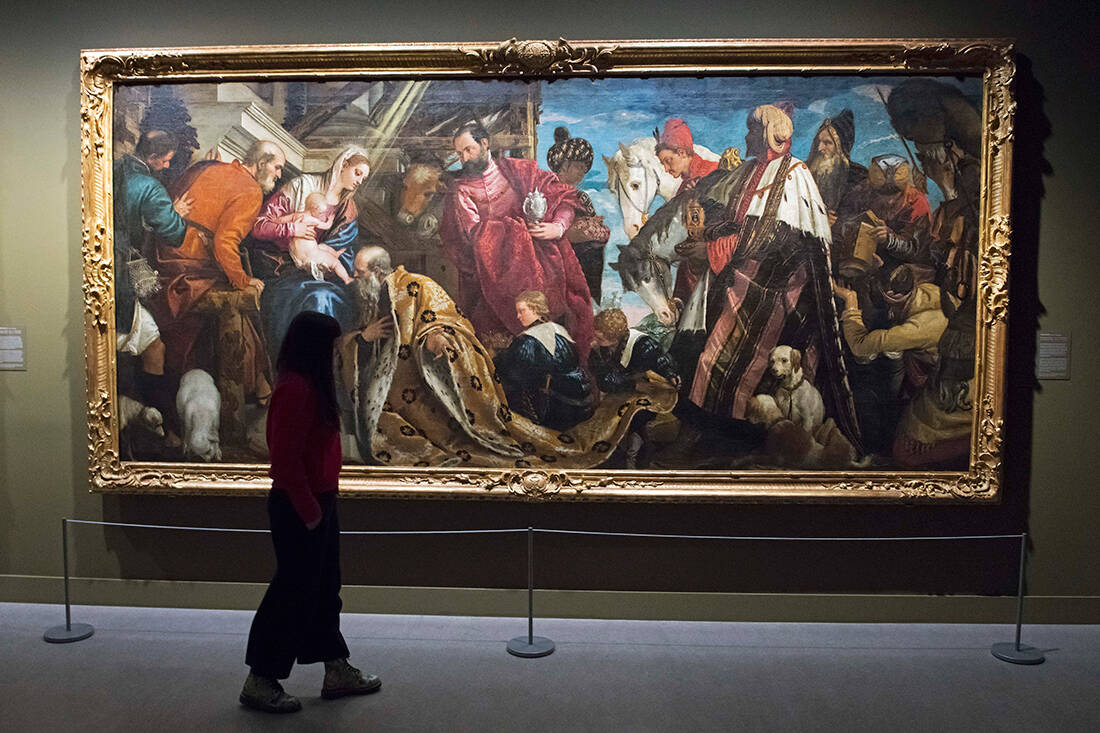
The oldest of the three, Melchior, gives him gold. Belshazzar smyrna and Gaspar frankincense. This simple scene was to play a significant role in Christmas iconography and to emerge over the years into one of the most beautiful holiday stories. He also had long journeys and gifts.
But what happened to the wise men who, following the brightest star in the sky, came from the depths of East to worship the Son of God?
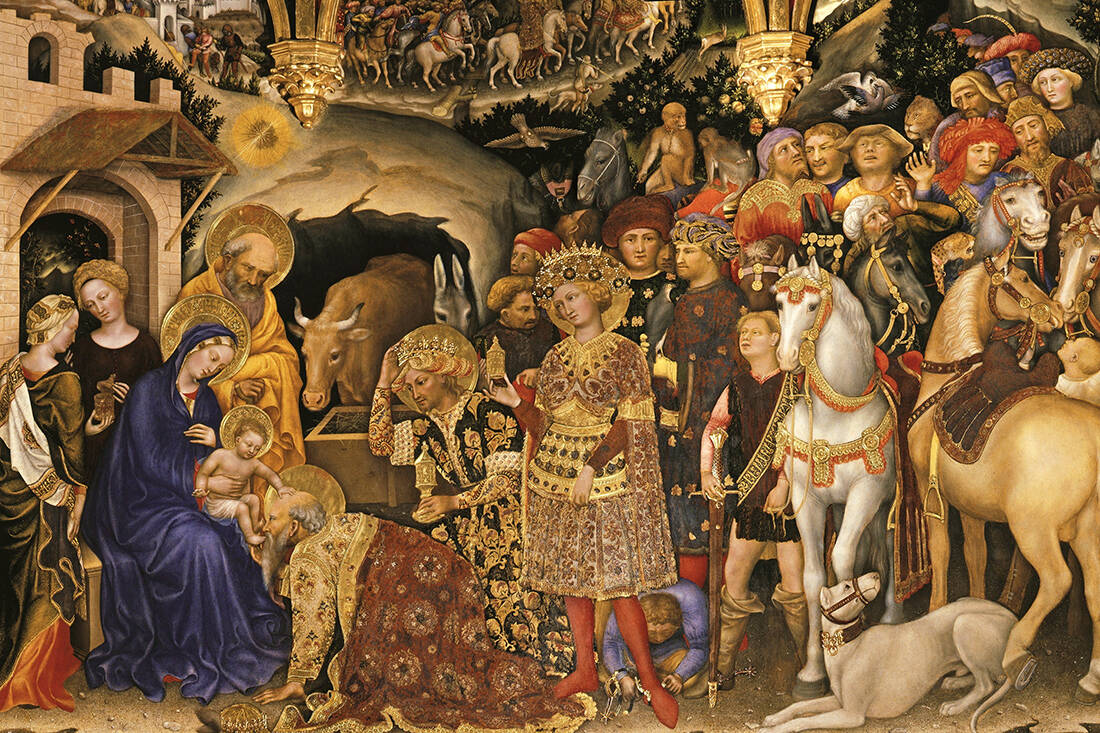
The worship of the Magi is narrated only by the evangelist Matthew. It shows them coming from the depths of the East to Bethlehem guided by the bright star and worshiping the Child, the Son and the Word of God.
According to John Chrysostom, their homeland was probably Persia, they were people of other languages and of another race, notes this great father of hers. Of the Orthodox Church.
According to other theologians, they were Chaldeans, a fact that they believe is confirmed by their knowledge of astronomy.
The magicians were probably sages or scientists, astrologers possibly in the sense of the term at the time. According to other interpretations, they may have been kings or rulers, rich and certainly important people of the East.
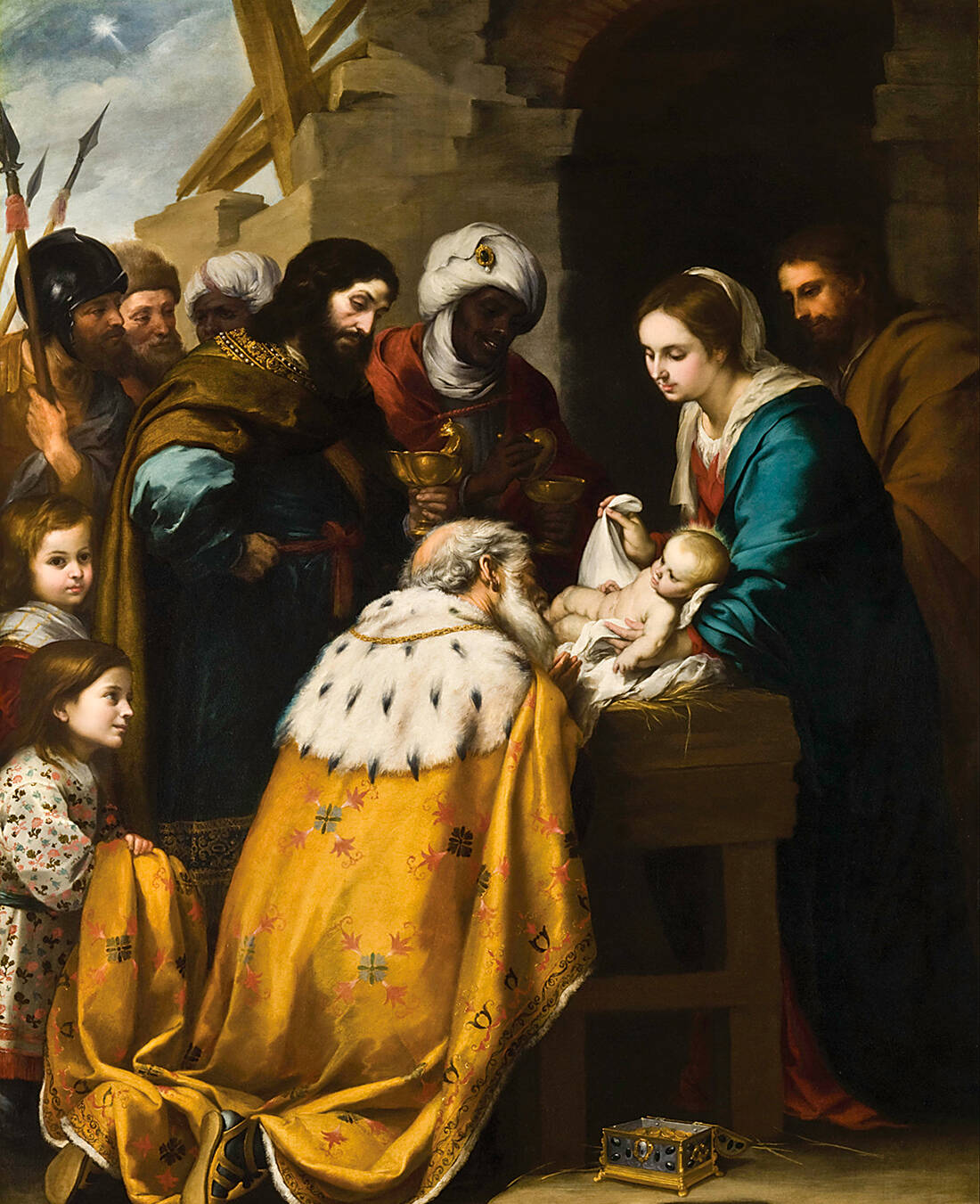
As we remember, the three magicians arrived in Jerusalem with only the star as their guide. He asking the locals «ποῦ ἐστιν ὁ τεχθεὶς βασιλεὺς τῶν Ἰουδαίων; εἴδομεν γὰρ αὐτοῦ τὸν ἀστέρα ἐν τῇ ἀνατολῇ καὶ ἤλθομεν προσκυνῆσαι αὐτῷ »(κατά Ματθαίον 2: 1-12), πήραν την απάντηση πως πρέπει να πάνε στη Βηθλεέμ.
Και τότε «ὁ ἀστήρ ὅν εἶδον ἐν τῇ ἀνατολῇ προῆγεν αὐτούς» (στο ίδη). The three magicians actually arrived at the house of the Virgin Mary and Joseph and they found in him the Virgin Mary and the Holy Infant. And then "the fallen worshiped him", offering "gold and frankincense and myrrh".
Chrysostom recognizes symbolic function in gifts. Gold was a gift to kings and frankincense to gods. As for the myrrh, it was prophetic, they gave it to a man who was to die.
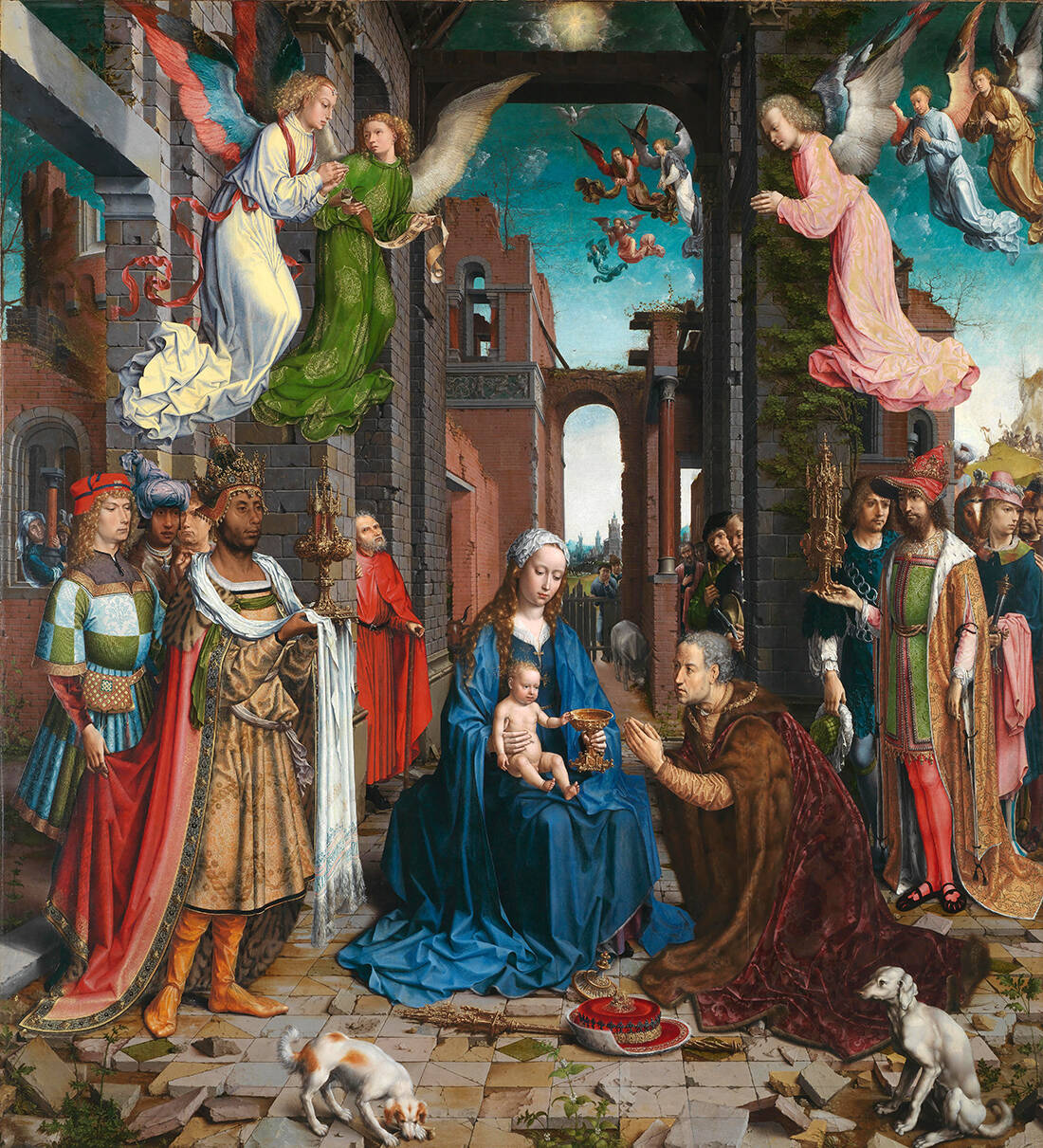
But why is this important aspect of the birth of the Godman mentioned only by Matthew and no one else? But even he does not talk about the number of magicians. The gaps were then filled by the Christian tradition as a logical conclusion: three were the gifts, so three were the magicians who offered them.
According to Matthew, whose gospel is the only one of the four canons that mentions magicians, these enlightened and eminent personalities managed to find the Divine Infant with the help of the stars.
We know that the Chaldeans and Aramaeans studied the stars and had gained a wider reputation for their astronomical discoveries, but also for their astrological interpretations of the world. The magicians were probably Persian sages of the time, empirical scientists in years when the term did not even exist.
The New Testament also does not give us any names of magicians. In fact, in the early Christian years, there were many legends about who they were. Again the names we know (Melchior, Gaspar and Balthasar) were ultimately the ones who managed to survive the centuries.
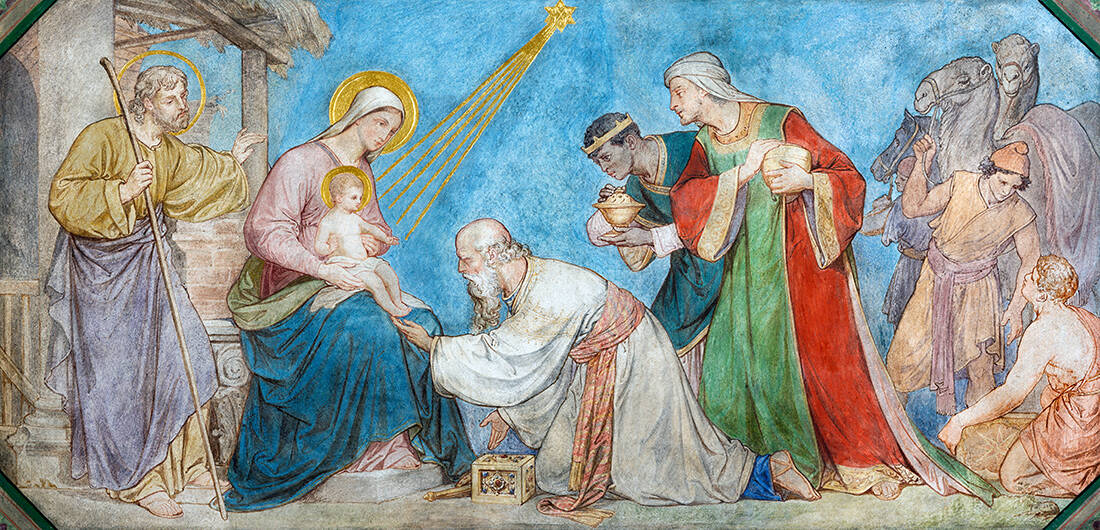
Melchior (or Melichior in the older versions) is recognized by some biblical scholars as a Persian scholar, Gaspar (but also Caspar or Gaspar) as a Hindu sage and Balthasar (or Balthazar) as a Babylonian scholar.
Different Christian doctrines, however, have completely different interpretations but also names for the wise magicians or kings, as the ancient sources that describe them were many and different for the scholar to choose.
Matthew's phrase "from the east" is, after all, the only primary information the evangelist gives us about their country of origin.
Some have even pointed to the vast Parthian Empire, which at that time held almost all the territories east of Judea.
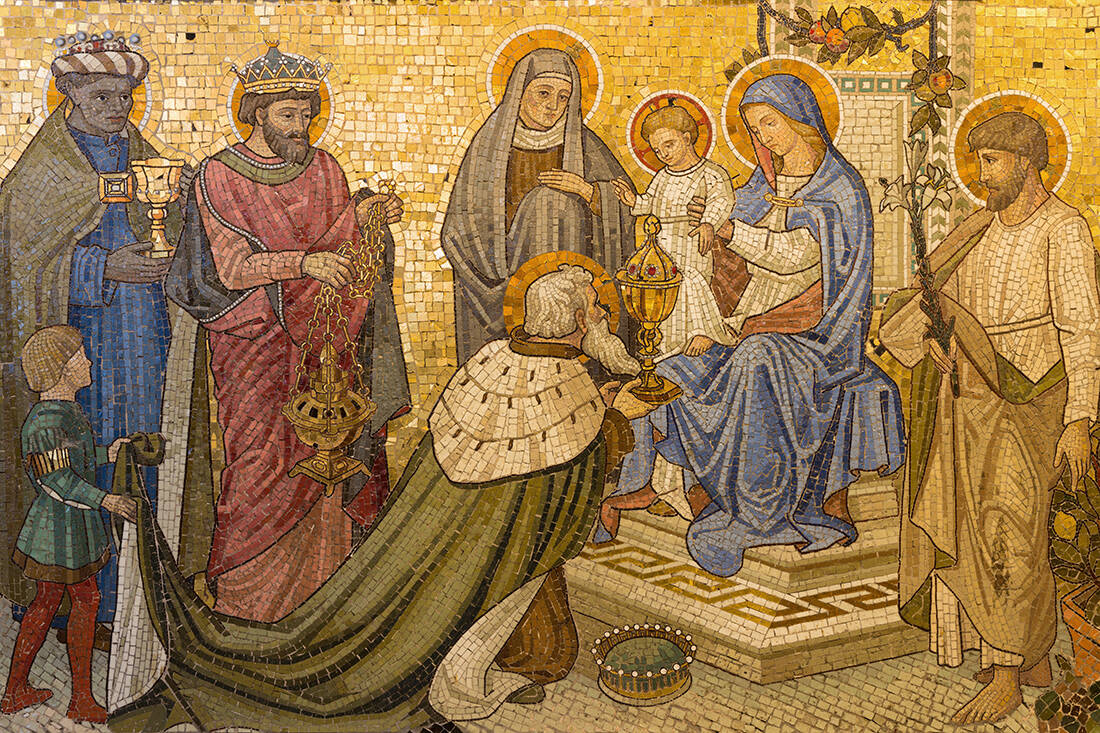
But why did they make such a long and dangerous journey? Again, Matthew does not provide any interpretation. "Εἴδομεν γὰρ αὐτοῦ τὸν ἀστέρα ἐν τῇ ἀνατολῇ καὶ ἤλθομεν προσκυνῆσαι αὐτῷ", αναφεποπλος ο ευαγγελιστής. Maybe it had to do with a relevant prophecy that existed in the Zoroastrian tradition.
" the magicians surrounded the Divine Infant.
This practice of pilgrimage, together with Luke's account of the divine birth, had a profound effect on his religious practices. Christianity.
Kneeling and pilgrimage were adopted in early Christian times as signs of absolute respect and have survived even today in some Christian traditions of the East, especially during Lent.
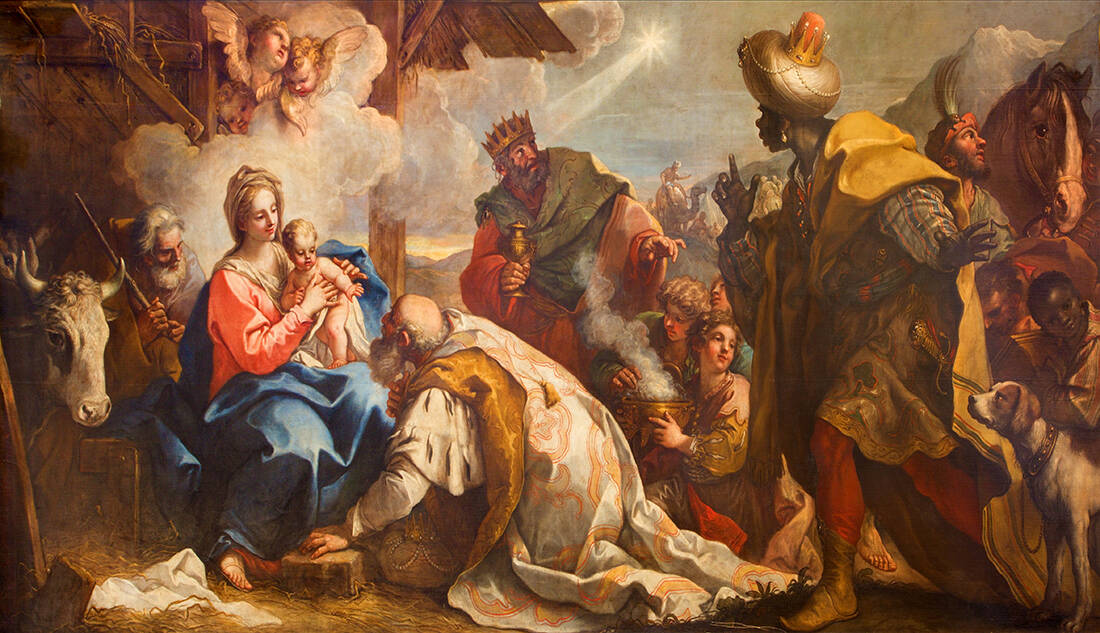
Caspar was most commonly depicted as an old man, with a white beard typically, giving the divine infant gold as a gift. In some sources he is even referred to as the "king of Tarsus", the land of merchants (in Asia Minor). Caspar is the first to kneel before Jesus.
He is followed by Melchior, a middle-aged man who brings incense from his country, Arabia, and third is Belshazzar, the young man of representations, who is usually (though not always) depicted as dark-skinned. He brings myrrh (myrrh) from Savva (today's south) Yemen).
Most scholars agree that their ages are 60, 40 and 20 years, respectively, expressing three characteristic stages in human life.
But for Balthasar, too, the Christian literature seems to agree that he comes to us from Ethiopia or some other African country, which is why he is portrayed as a member of the black race.
But Matthew speaks to us precisely about their gifts: "gold and incense and myrrh" they brought to the Holy Infant. Equally innumerable assumptions have been made about the meaning and symbolism of these gifts.
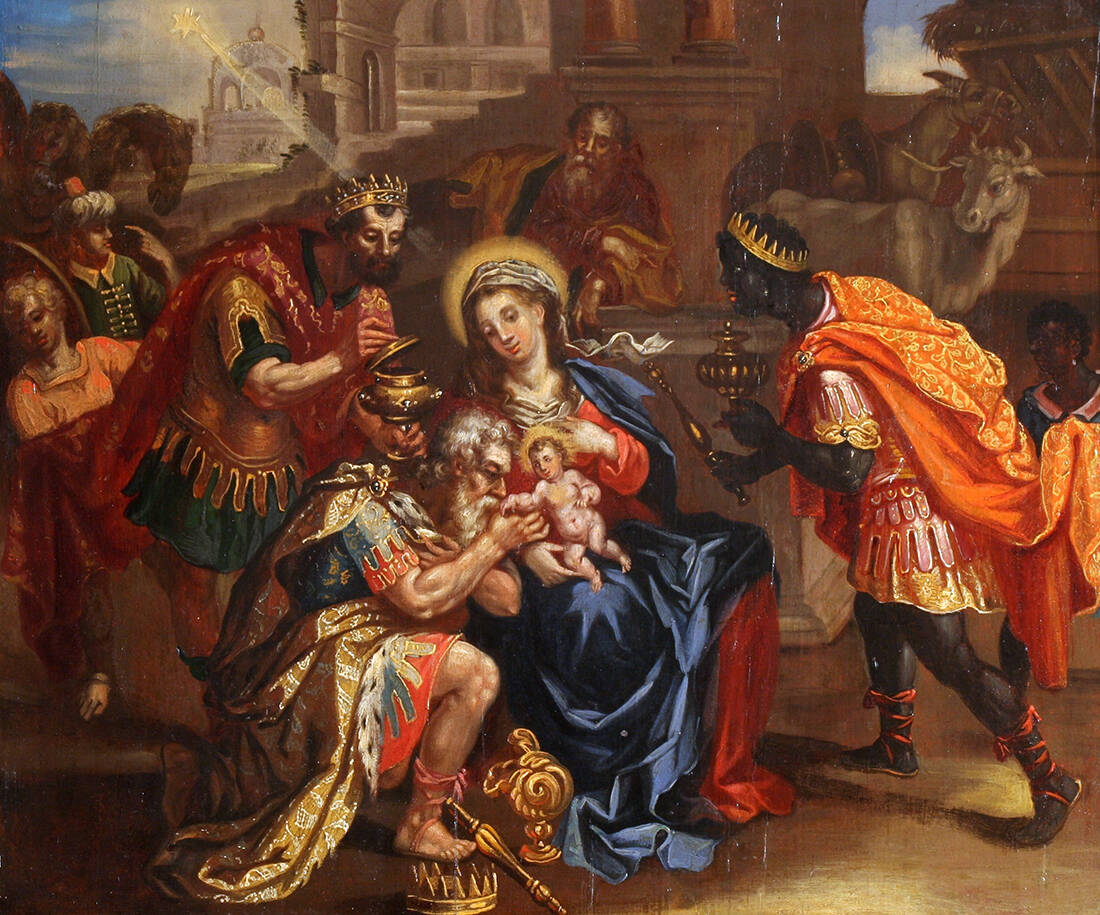
Most theologians of the first centuries of Christianity agree that the three gifts were the usual offerings given to kings. Myrrh was used as anointing oil and frankincense was used to make perfumes. As for gold, it has always been valuable.
Matthew, however, probably wanted to give a symbolic, spiritual, meaning to the gifts. Gold in this line of thought is a symbol of the earthly kingdom, frankincense (as incense) a divine symbol and myrrh (myrrh, the aromatic resin) a symbol of death.
This is what Origen tells us in one of his explanatory works ("Against Celsus"): "gold, as in a king, myrrh, as in someone who was mortal, and frankincense, as in a God".
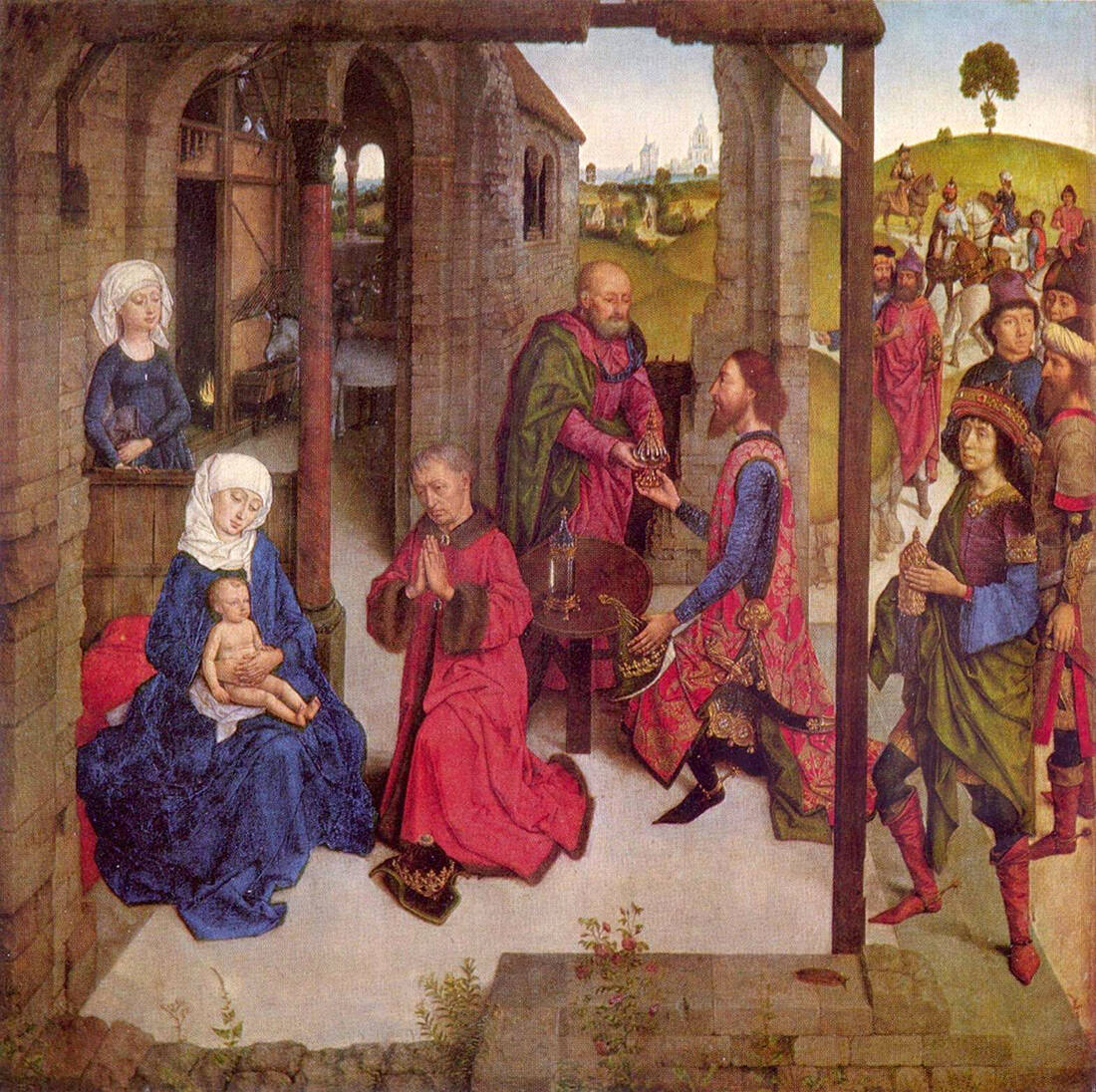
The Scriptures do not tell us what happened to the three gifts. It was again the long and rich ecclesiastical tradition that undertook to fill the gaps of the narrative.
According to one version, the gold was stolen by two thieves, who were later crucified next to Jesus. Another view wants gold to be trusted to Judas, who squandered it for his own purposes.
A third tells us that this gold financed his perilous journey Joseph and Mary from Bethlehem to Egypt to escape the murderous plans of Herod.
Tradition has it that myrrh is used as a funeral oil after the crucifixion of Jesus. A 15th century golden case containing the Gifts of the Magi is still kept today in the Holy Monastery of Agios Pavlos on Mount Athos, which was donated to the monastery by the daughter of a Serbian king and wife of Sultan Murad II.
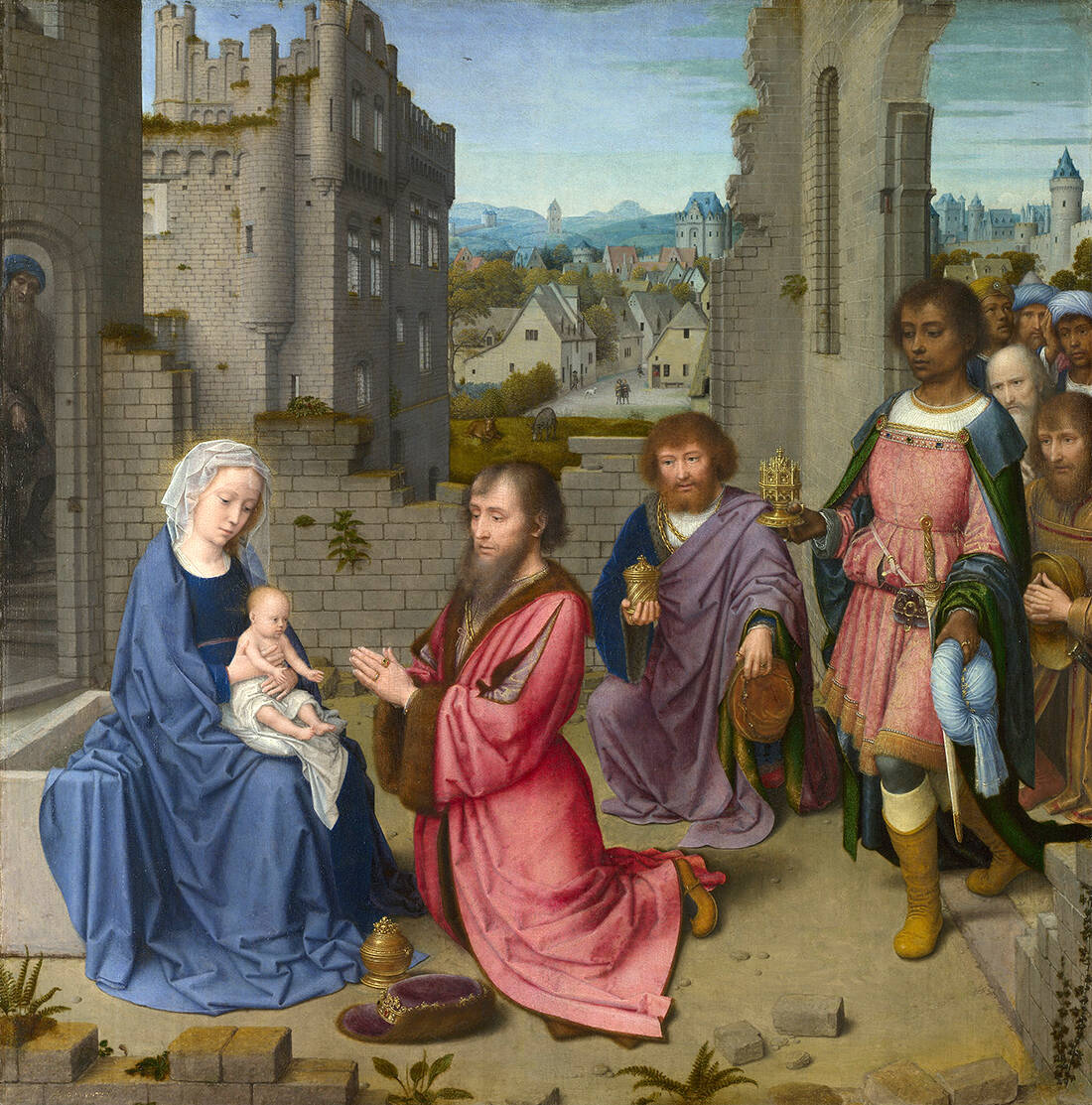
As for the magicians of prophecy themselves, again nothing is known. The Bible no longer deals with them, but over the centuries two theories have been developed, each with important ecclesiastical foundations.
Both agree that these pagan magicians were shocked by their brief contact with the Divine Infant and converted to Christianity. Either on the spot or in subsequent meetings with an apostle or even himself Jesus.
As Matthew informs us, the magicians returned from another road to their homelands to avoid Herod who had set ambushes. The evangelist tells us: "καὶ χρηματισθέντες κατ᾿ ὄναρ μὴ ἀνακάμψαι πρὸς Ἡρῴδην, δι᾿ ἄλλης ὁδοῦ ἀνεχώρησαν εἰς τὴν χώραν αὐτῶν".
The Christian tradition has many versions of what happened to the magicians after the visit. One of them claims that one of the magicians was finally baptized a Christian by St. Thomas on his return to India.
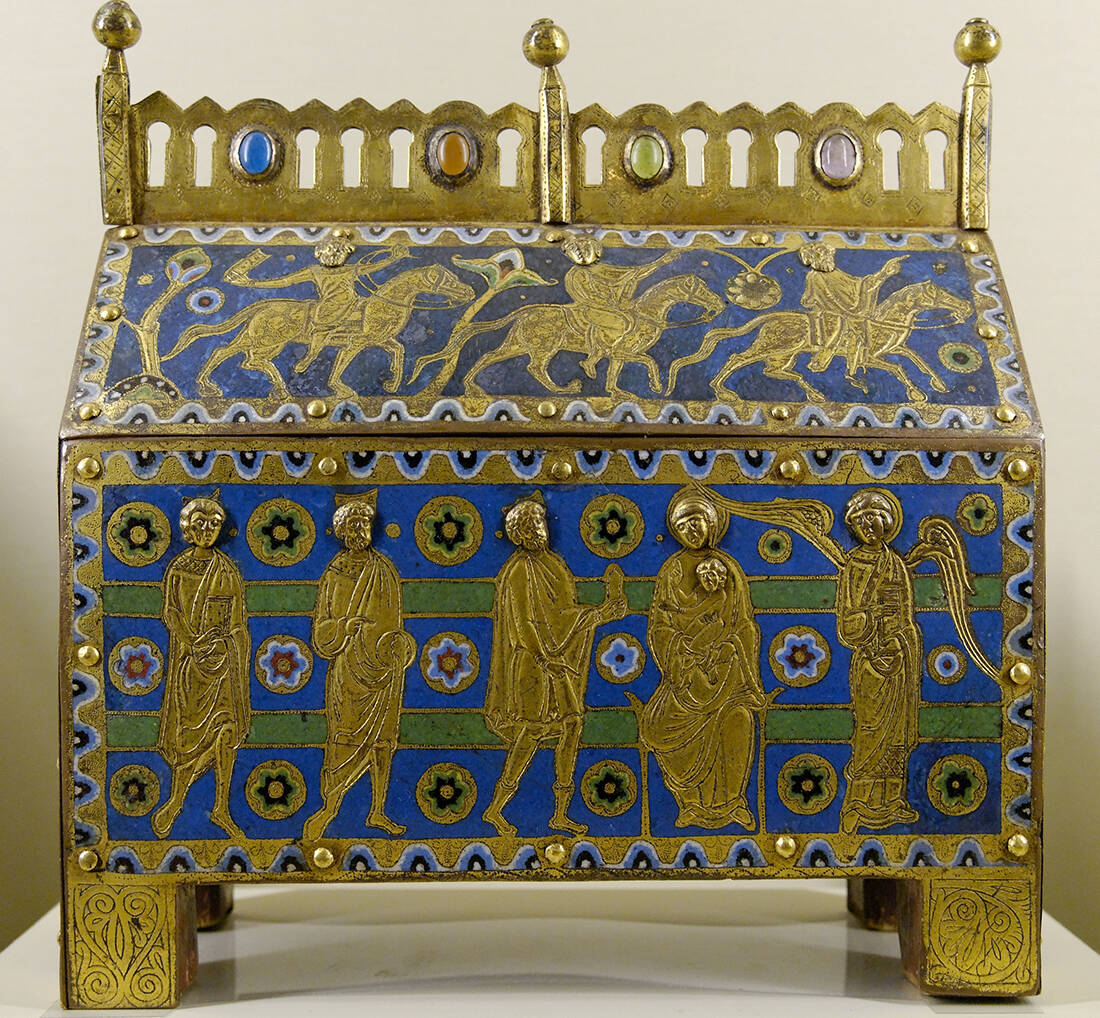
Another version wants their bodies to be found by Saint Helen and transported to Istanbul, from where they somehow found their way to Germany. They are kept there to this day, in the Cathedral of Cologne (Relic of the Three Kings).
The story of the three magicians has to do with many traditions and beliefs and its reconstruction is lost in the depths of time.
The Persians had their own ancient myth of magicians and stars, as did the Indians.
